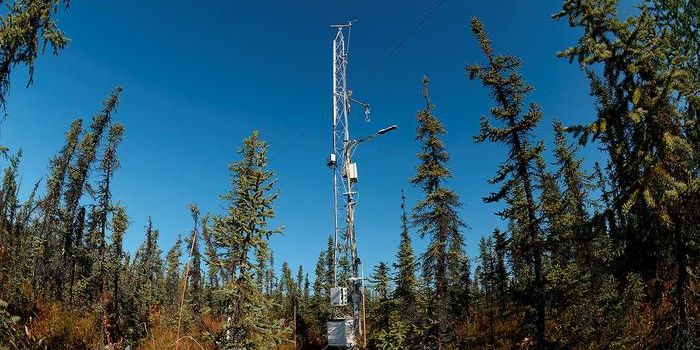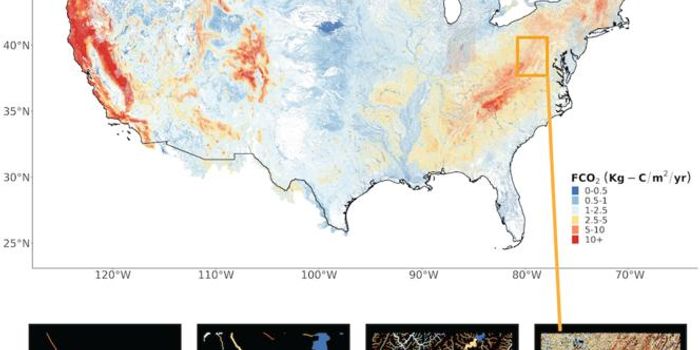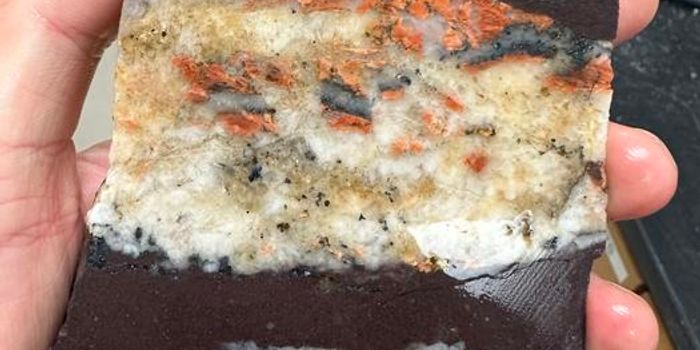Even as the worst drought in decades ravages California, and its cities face mandatory cuts in water use, millions of pounds of thirsty crops like oranges, tomatoes and almonds continue to stream out of the state and onto the nation's grocery shelves.
But the way that California farmers have pulled off that feat is a case study in the unwise use of natural resources, many experts say. Farmers are drilling wells at a feverish pace and pumping billions of gallons of water from the ground, depleting a resource that was critically endangered even before the drought, now in its fourth year, began.

California has pushed harder than any other state to adapt to a changing climate, but scientists warn that improving its management of precious groundwater supplies will shape whether it can continue to supply more than half the nation's fruits and vegetables on a hotter planet.
As a drilling frenzy unfolds across the Central Valley, California's agricultural heartland, the consequences of the overuse of groundwater are becoming plain to see.
In some places, water tables have dropped 50 feet or more in just a few years. With less underground water to buoy it, the land surface is sinking as much as a foot a year in spots, causing roads to buckle and bridges to crack. Shallow wells have run dry, depriving several poor communities of water.
Scientists say some of the underground water-storing formations so critical to California's future - typically, saturated layers of sand or clay - are being permanently damaged by the excess pumping, and will never again store as much water as farmers are pulling out.
"Climate conditions have exposed our house of cards," said Jay Famiglietti, a NASA scientist in Pasadena who studies water supplies in California and elsewhere. "The withdrawals far outstrip the replenishment. We can't keep doing this."
Cannon Michael, a farmer who grows tomatoes, melons and corn on 10,500 acres in the town of Los Banos, in the Central Valley, has high priority rights to surface water, which he inherited with his family's land. But rampant groundwater pumping by farmers near him is causing some of the nearby land to sink, disturbing canals that would normally bring water his way.
"Now, water is going to have to flow uphill," said Mr. Michael, who plans to fallow 2,300 acres this year.
Garrett Schaad after plowing a dry field in Dunnigan, Calif. Credit Max Whittaker for The New York Times
In the midst of this water crisis, Gov. Jerry Brown and his legislative allies pulled off something of a political miracle last year, overcoming decades of resistance from the farm lobby to adopt the state's first groundwater law with teeth. California, so far ahead of the country on other environmental issues, became the last state in the arid West to move toward serious limits on the use of its groundwater.
Last week, Mr. Brown imposed mandatory cuts in urban water use, the first ever. He exempted farmers, who already had to deal with huge reductions in surface water from the state's irrigation works. Mr. Brown defended the decision on ABC's "This Week" on Sunday, saying, "They're providing most of the fruits and vegetables of America to a significant part of the world."
In normal times, agriculture consumes roughly 80 percent of the surface water available for human use in California, and experts say the state's water crisis will not be solved without a major contribution from farmers.
California's greatest resource in dry times is not its surface reservoirs, though, but its groundwater, and scientists say the drought has made the need for better controls obvious. While courts have taken charge in a few areas and imposed pumping limits, groundwater in most of the state has been a resource anyone could grab.
Yet putting strict limits in place is expected to take years. The new law, which took effect Jan. 1, does not call for reaching sustainability until the 2040s. Sustainability is vaguely defined in the statute, but in most basins will presumably mean a long-term balance between water going into the ground and water coming out. Scientists have no real idea if the groundwater supplies can last until the 2040s.
(Source: New York Times)









